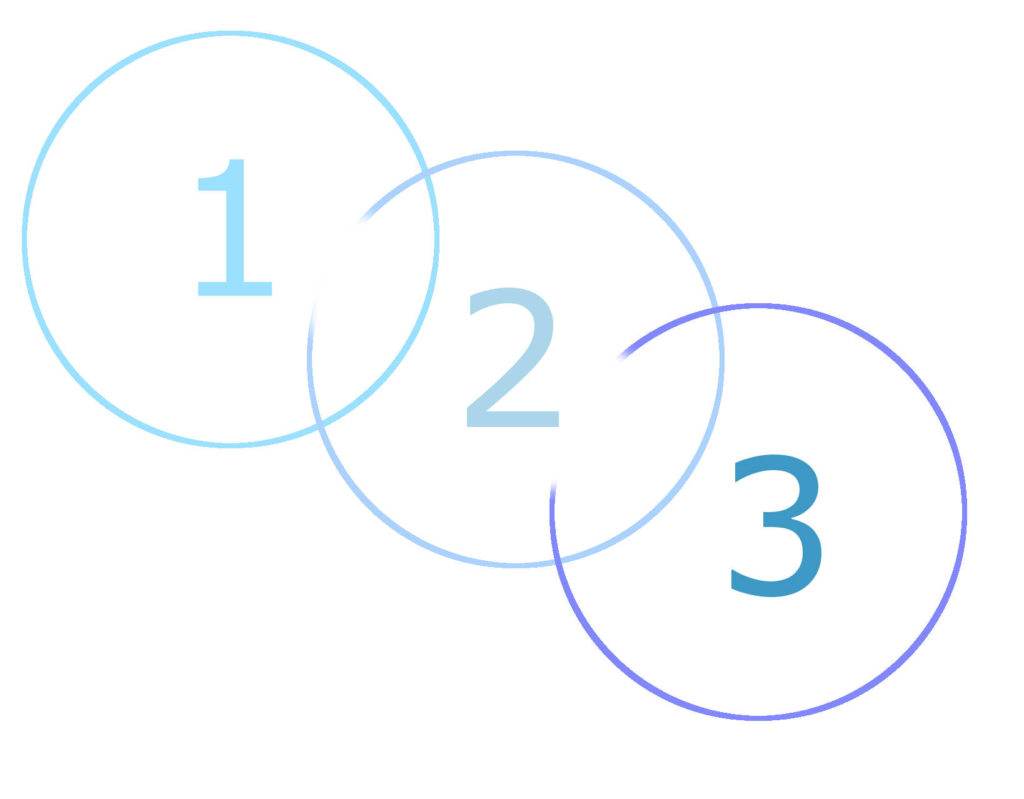Level 1, 2 and 3 Processing Explained
Level 1 Processing (Level 1 Card Data)


Level 2 and 3 Processing (Enterprise Solutions)
Level 2 Processing (Level 2 Card Data)
These merchants will be accepting business, corporate and purchasing cards. At this level, the amount of information needed is greater than Level 1 processing. This includes the standard information required for Level 1 processing as well as data such as merchant zip code, customer code, sales tax, etc.
Level 3 Processing (Level 3 Card Data)
Like Level 2 processing, merchants that get placed under Level 3 processing are going to be accepting commercial cards and/or government cards from businesses and government agencies (B2G). The difference between the two is again, the amount of data/information requirements, with Level 3 demanding the most. For example, a merchant must include line item details (e.g. invoice number, order number, freight amount) in addition to all the data required for Level 2, for each transaction. Under Level 3 processing, merchants get the best rate.
